The Lasithi Prefecture remains the least developed region of Crete from a mass tourism and industry perspective. However, a plethora of visiting attractions are present while getting a true taste of Cretan rural life and traditions on your way. At an altitude of approximately 900m and with an area of 25km the Lasithi Plateau is one of the most spectacular sights on Crete. Surrounded by the Dikti mountain range with peaks of over 2000 m it has been inhabited and cultivated since the Minoan civilization. The valley is particularly stunning in spring when the fruit orchards and almond trees are in full blossom. Due to its fertile soil it was once called the “garden” of Crete and still provides the island with an abundance of fruit and vegetables.
The plateau was once famous for its windmills with white canvas sails, water mills and flour mills that were used to irrigate the plateau. Alas, only few of the once 12000 mills can be seen nowadays, although, fortunately, there has been an attempt over the last years to restore many of them. Certainly the main attraction of the area is the Diktaean cave, where according to Greek mythology Zeus was hidden by his mother Rea to protect him from being devoured by his father Kronos. There are 18 villages dotting the periphery of the plateau, a 23 km long circular road which is ideal for relaxed cycling as there are no large hills.
Moreover, slightly higher several smaller Plateaus such as Katharo (1150 m) and Limnakaro (1120 m) and the forest of Selakano should not be missed. Lush in vegetation and stark rock these spots are a paradise for mountain bikers.
On the North coast of the region lays the capital city Aghios Nikolaos, the cosmopolitan resort of Elounda and the island of Spinalonga.
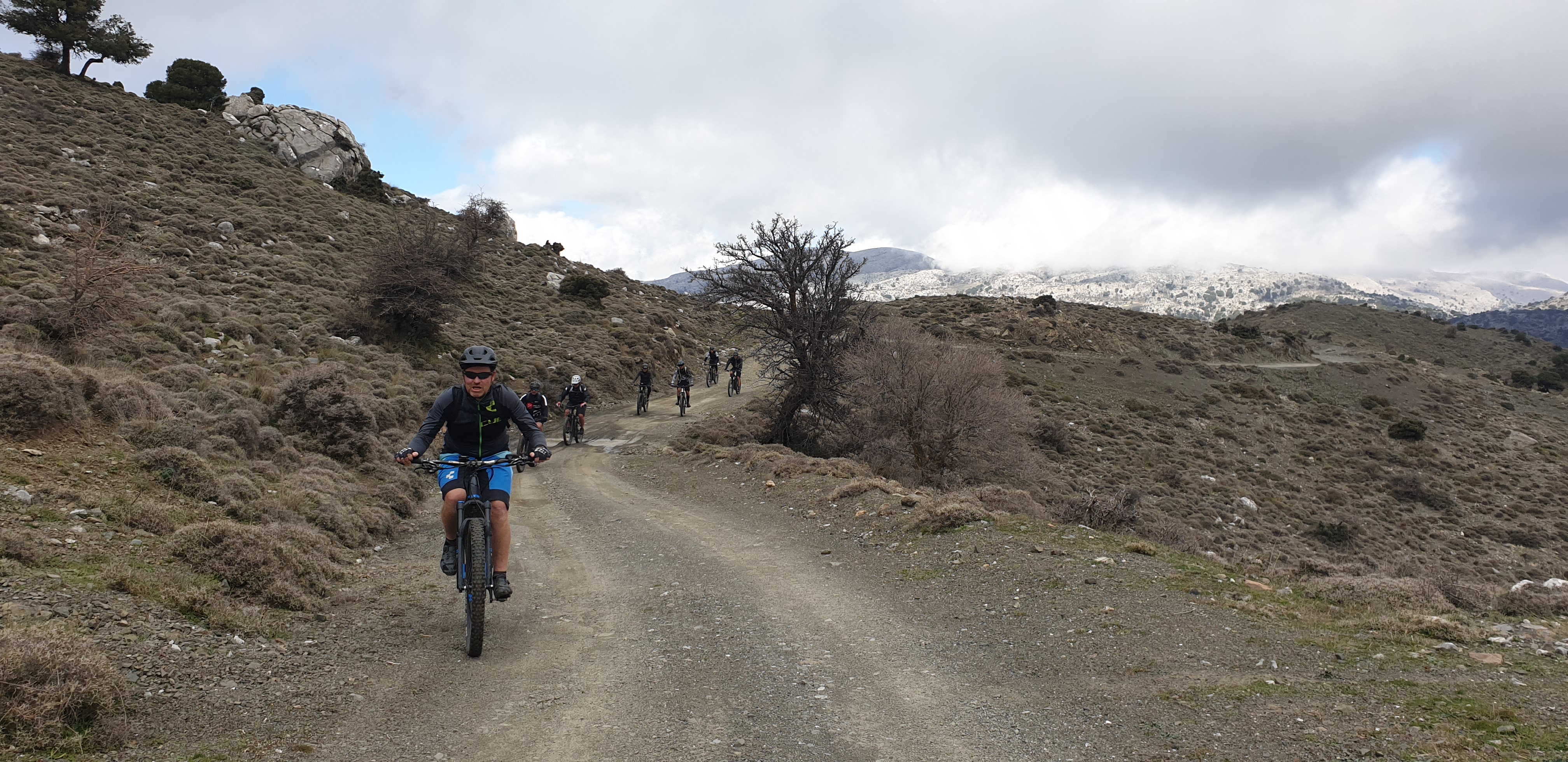
5 Hours 55km
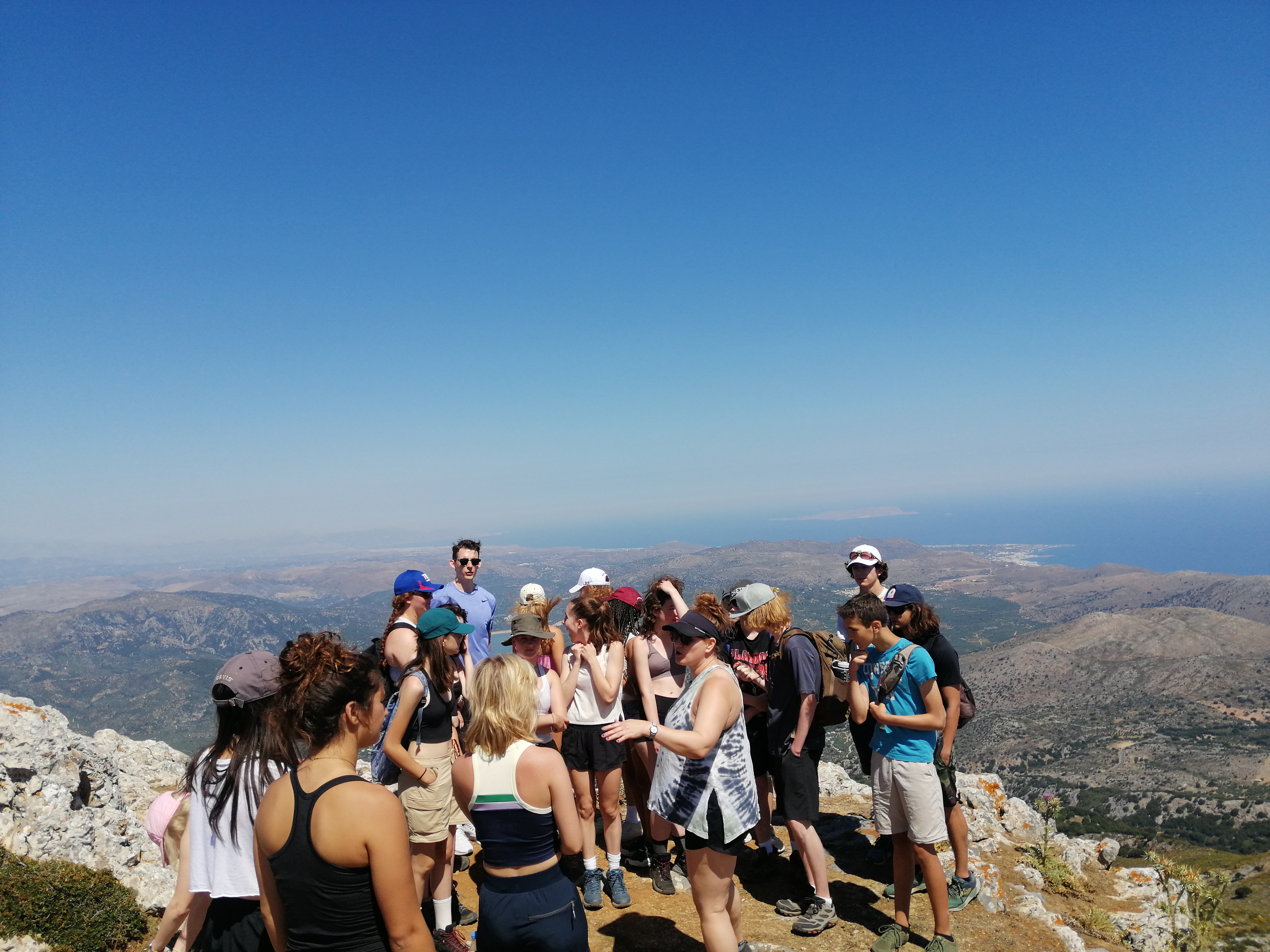
6 7km hike-20 bike
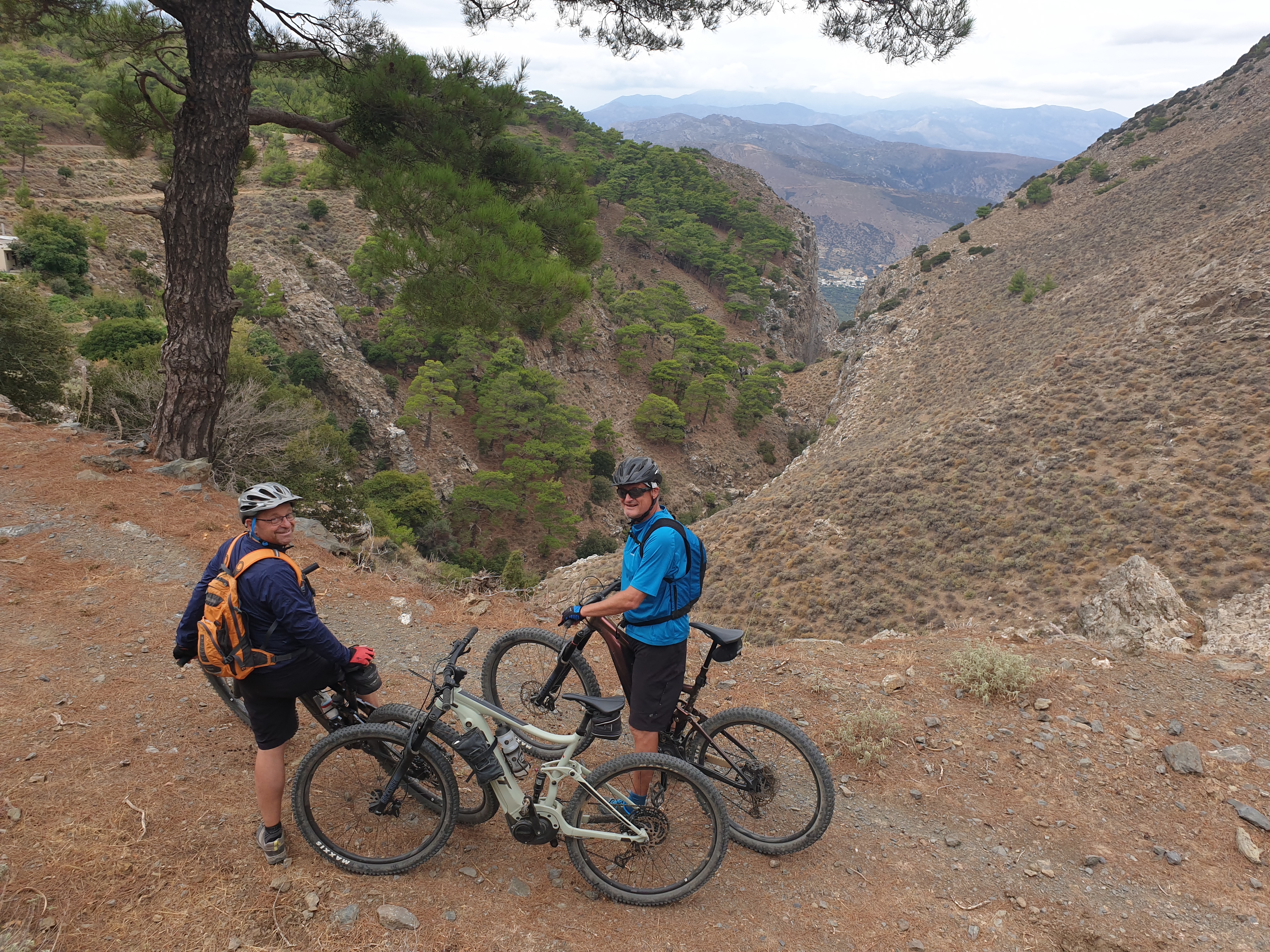
4hours 40
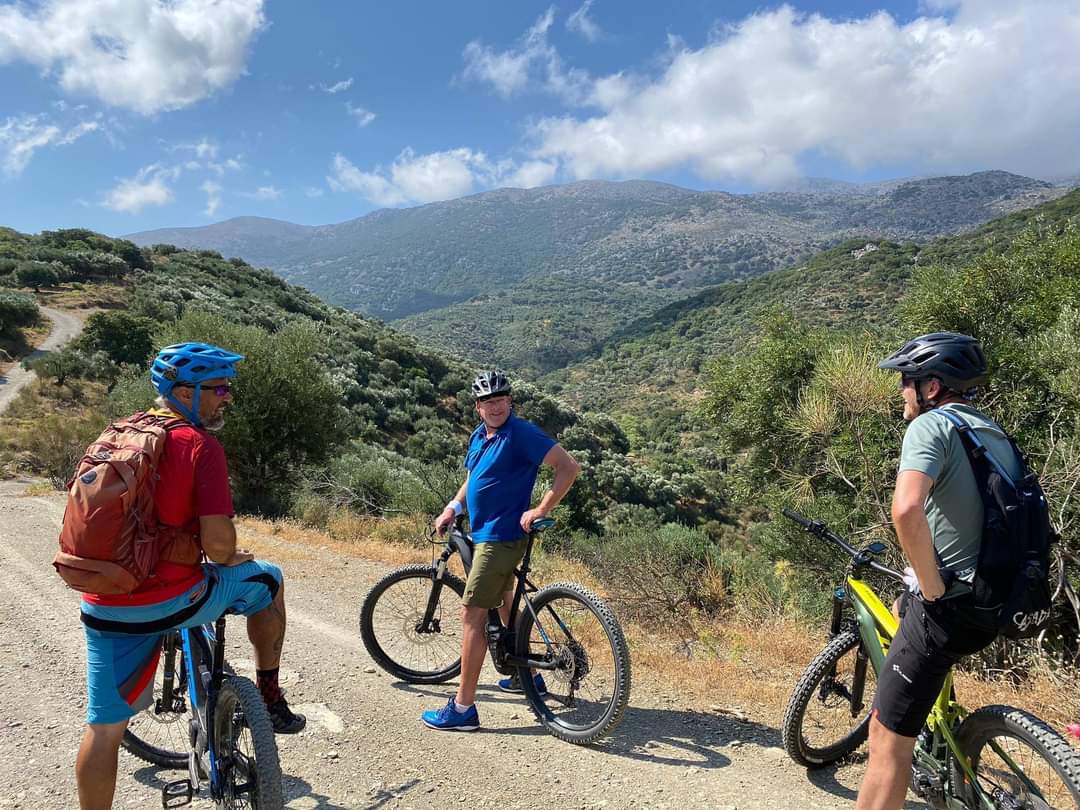
4 Hours 40 km
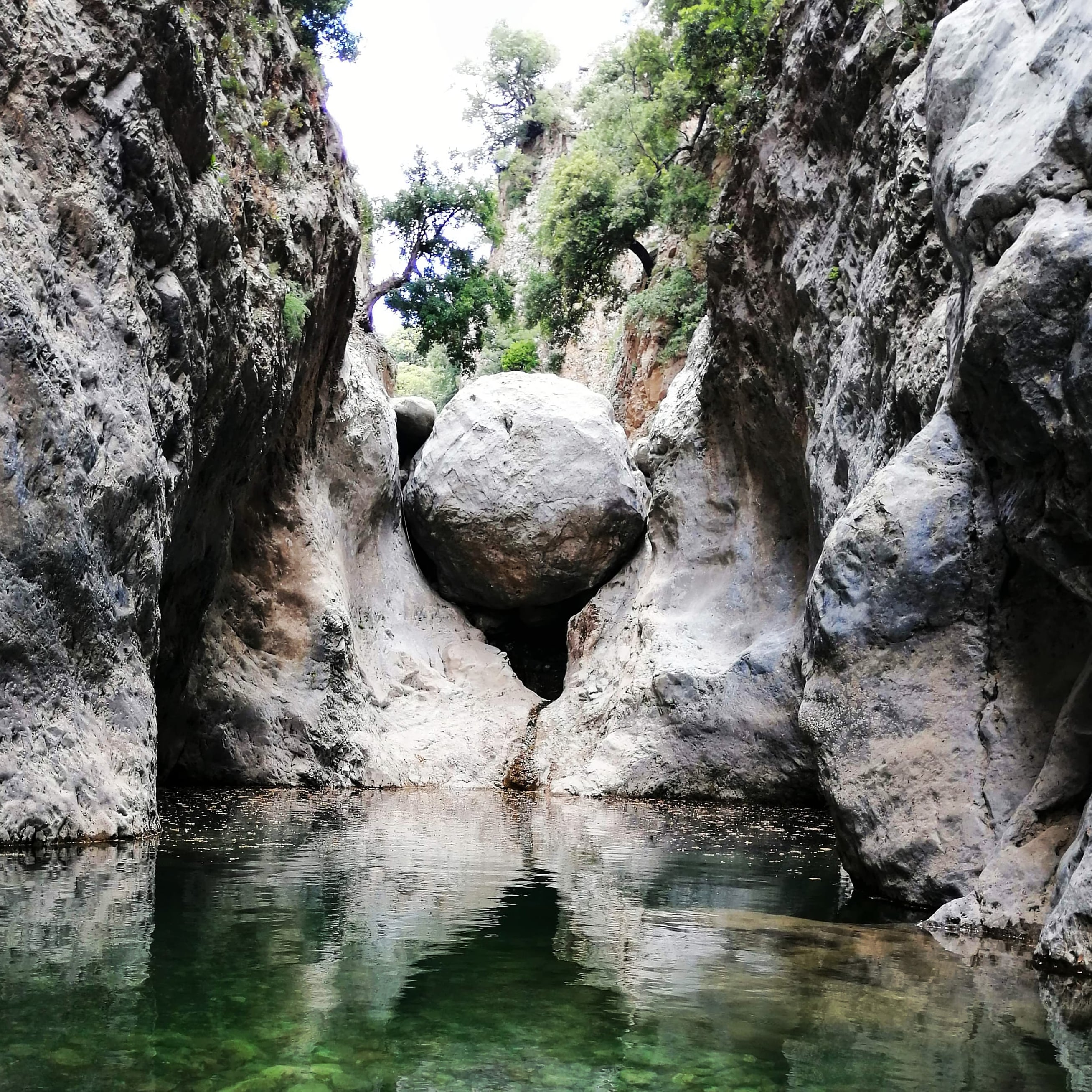
6hours 6km hike - 35km cycle
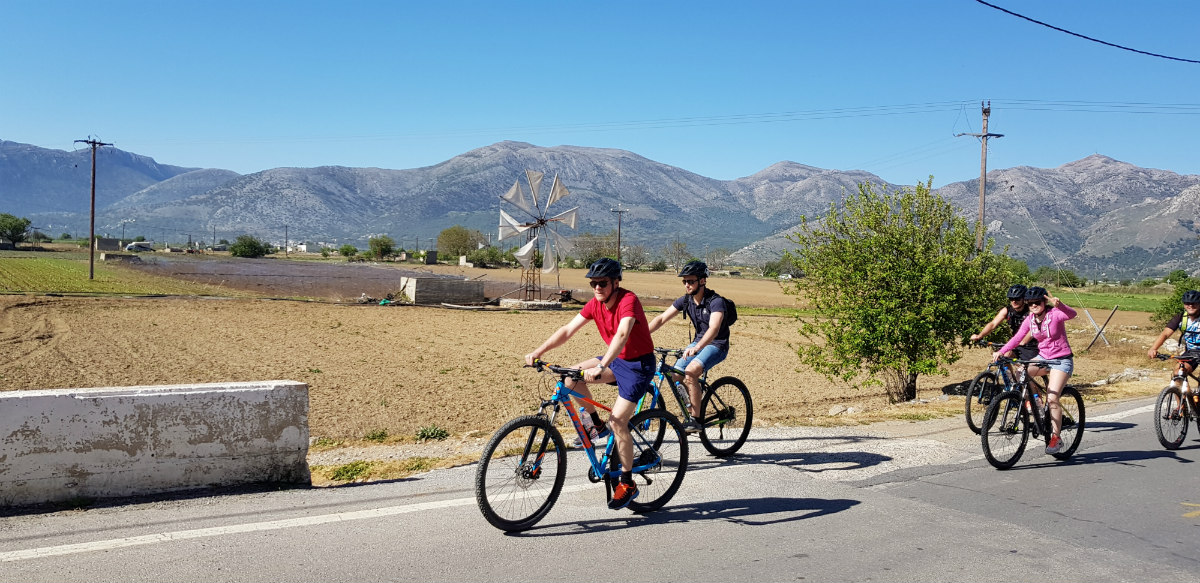
5 Hours 40km
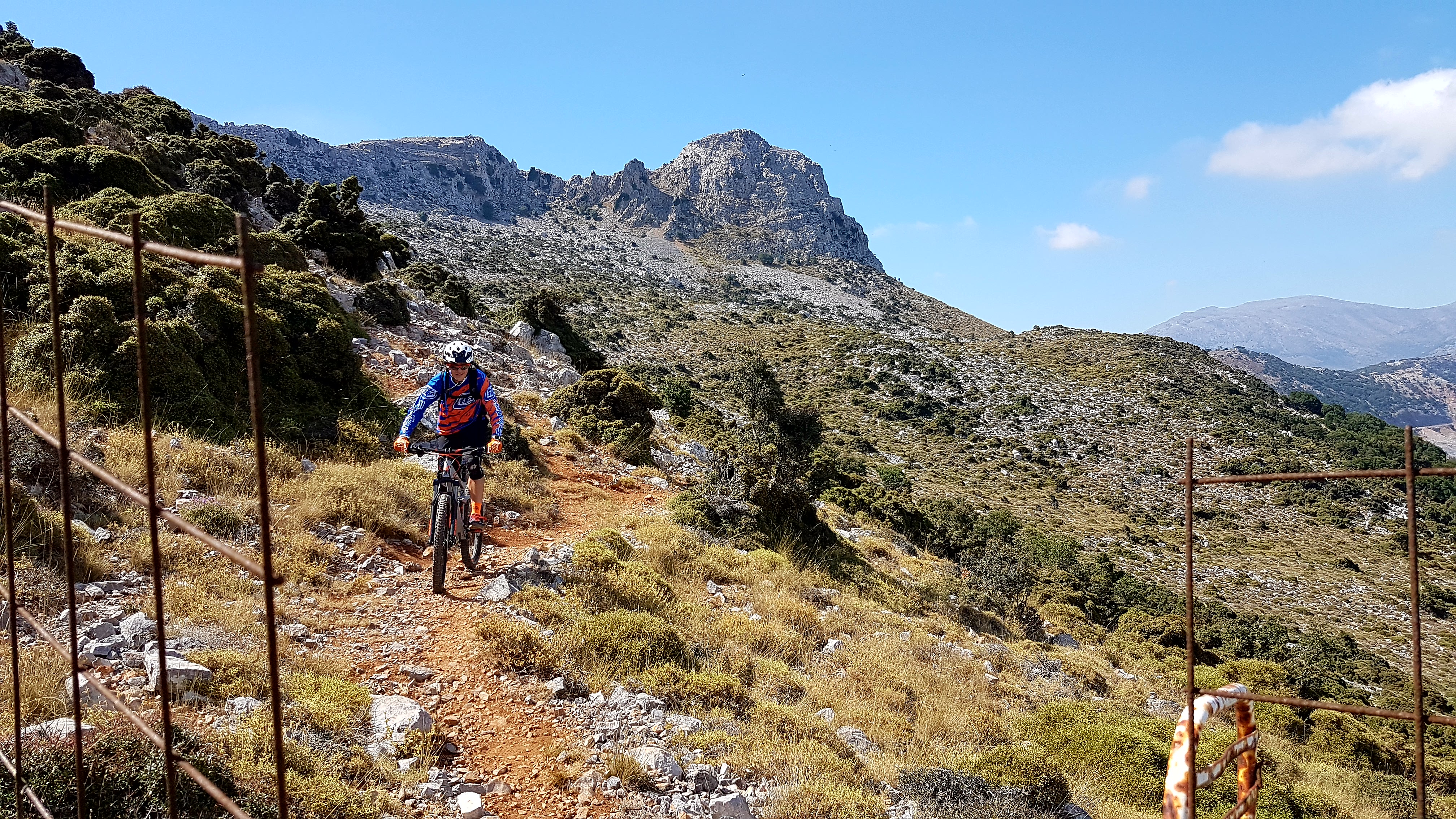
4-5 Hours 35/40
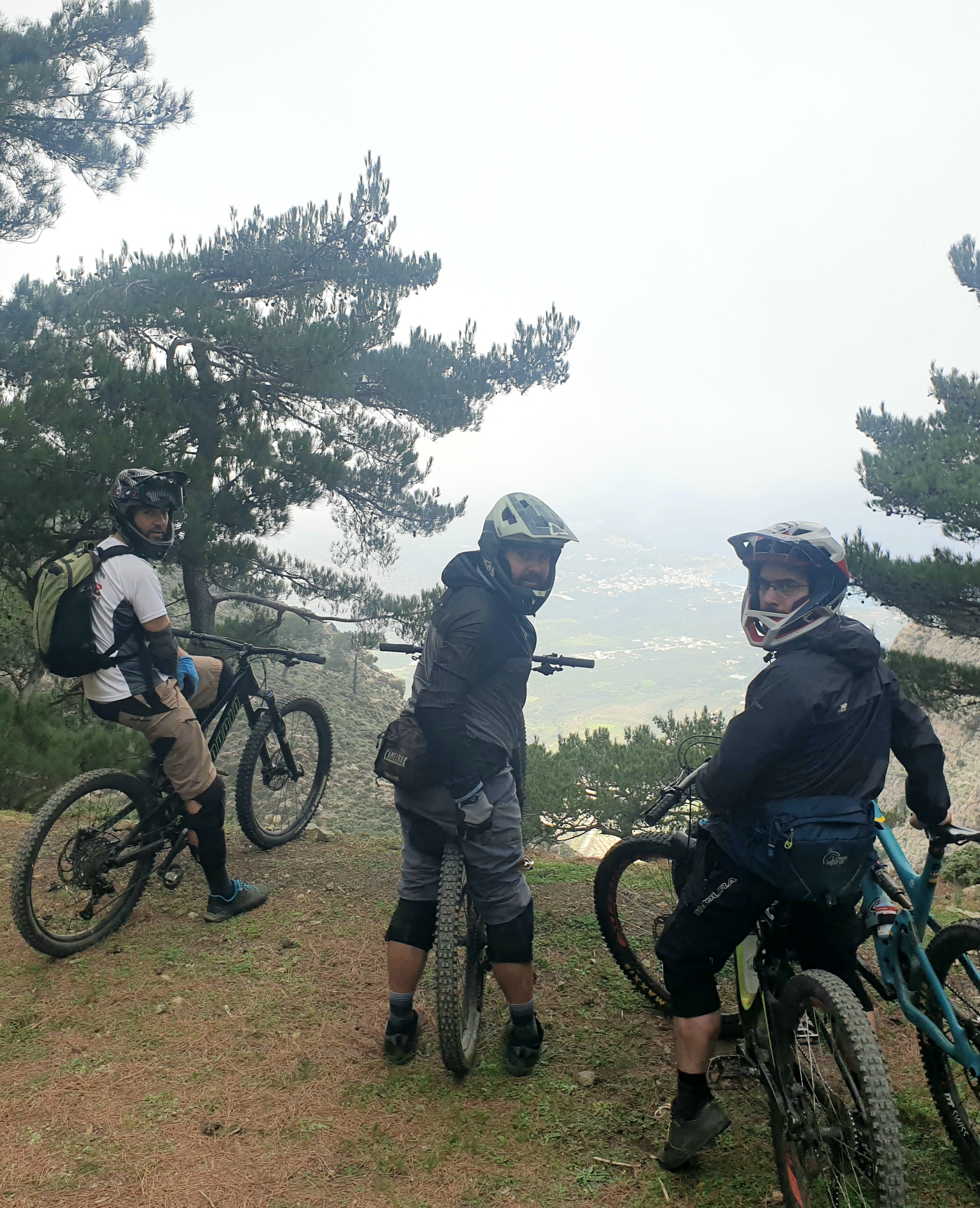
4 hours 35km
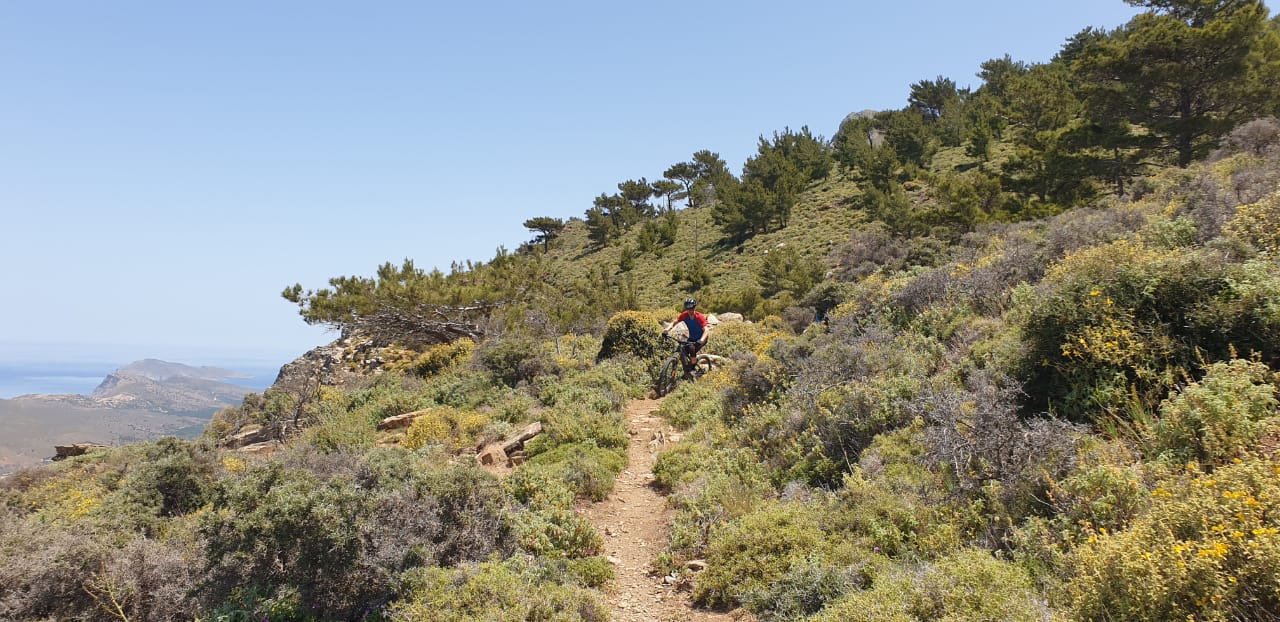
4 Hours 2 runs